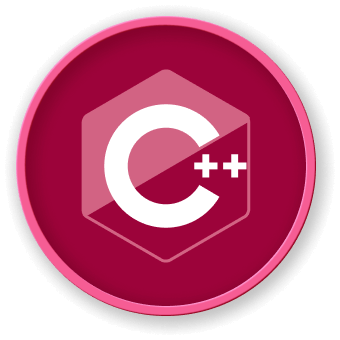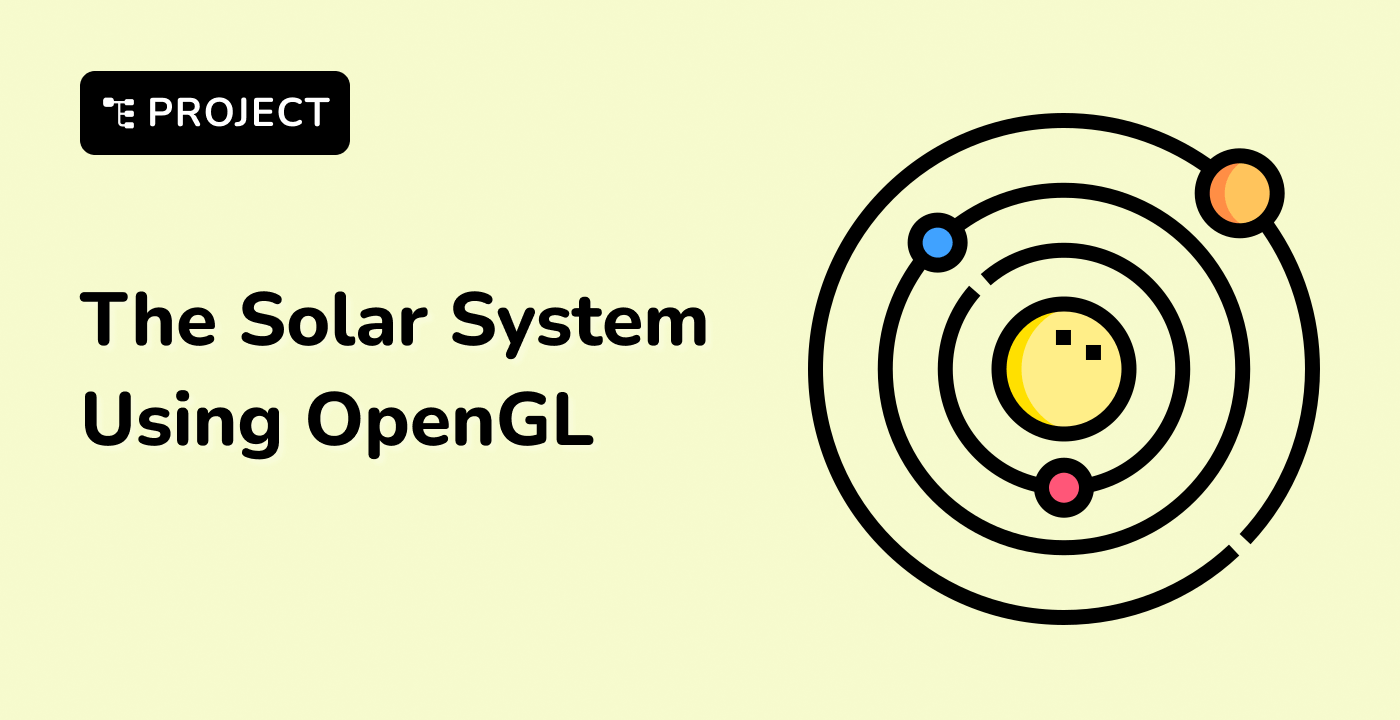Precision Management
Precision Control Strategies
Precision management is crucial for ensuring accurate numerical computations in scientific and engineering applications. This section explores techniques to control and optimize computational precision in C++.
Precision Management Approaches
graph TD
A[Precision Management] --> B[Type Selection]
A --> C[Comparison Techniques]
A --> D[Error Handling]
A --> E[Advanced Libraries]
Numeric Type Selection
| Precision Level |
Recommended Type |
Typical Use Case |
| Low Precision |
float |
Graphics, Game Development |
| Medium Precision |
double |
General Scientific Computing |
| High Precision |
long double |
Advanced Mathematical Calculations |
Comparison Techniques
Epsilon-Based Comparison
#include <cmath>
#include <limits>
#include <iostream>
bool approximatelyEqual(double a, double b, double epsilon) {
return std::abs(a - b) <=
epsilon * std::max({1.0, std::abs(a), std::abs(b)});
}
void precisionComparisonDemo() {
double x = 0.1 + 0.2;
double y = 0.3;
// Using epsilon comparison
if (approximatelyEqual(x, y, std::numeric_limits<double>::epsilon())) {
std::cout << "Values are considered equal" << std::endl;
} else {
std::cout << "Values are different" << std::endl;
}
}
int main() {
precisionComparisonDemo();
return 0;
}
Error Handling and Mitigation
Numeric Limits and Validation
#include <iostream>
#include <limits>
#include <cmath>
void numericValidation() {
double value = std::numeric_limits<double>::infinity();
if (std::isinf(value)) {
std::cout << "Infinite value detected" << std::endl;
}
if (std::isnan(value)) {
std::cout << "Not a Number (NaN) detected" << std::endl;
}
}
Advanced Precision Techniques
Arbitrary Precision Libraries
- Boost Multiprecision
- GMP (GNU Multiple Precision Arithmetic Library)
- MPFR (Multiple Precision Floating-point Reliable Library)
Precision in LabEx Environments
Recommended Practices
- Use appropriate numeric types
- Implement robust comparison methods
- Validate numeric computations
- Utilize specialized precision libraries
Rounding and Truncation Strategies
#include <iostream>
#include <cmath>
#include <iomanip>
void roundingTechniques() {
double value = 3.14159;
std::cout << std::fixed << std::setprecision(2);
std::cout << "Floor: " << std::floor(value) << std::endl;
std::cout << "Ceiling: " << std::ceil(value) << std::endl;
std::cout << "Round: " << std::round(value) << std::endl;
}
int main() {
roundingTechniques();
return 0;
}
graph LR
A[Precision Management] --> B[Computational Overhead]
A --> C[Memory Usage]
A --> D[Algorithmic Complexity]
Optimization Strategies
- Choose minimal precision required
- Use inline functions
- Leverage compiler optimizations
- Profile and benchmark precision-critical code
Conclusion
Effective precision management requires a comprehensive understanding of numeric representations, careful type selection, and implementation of robust comparison and validation techniques.



